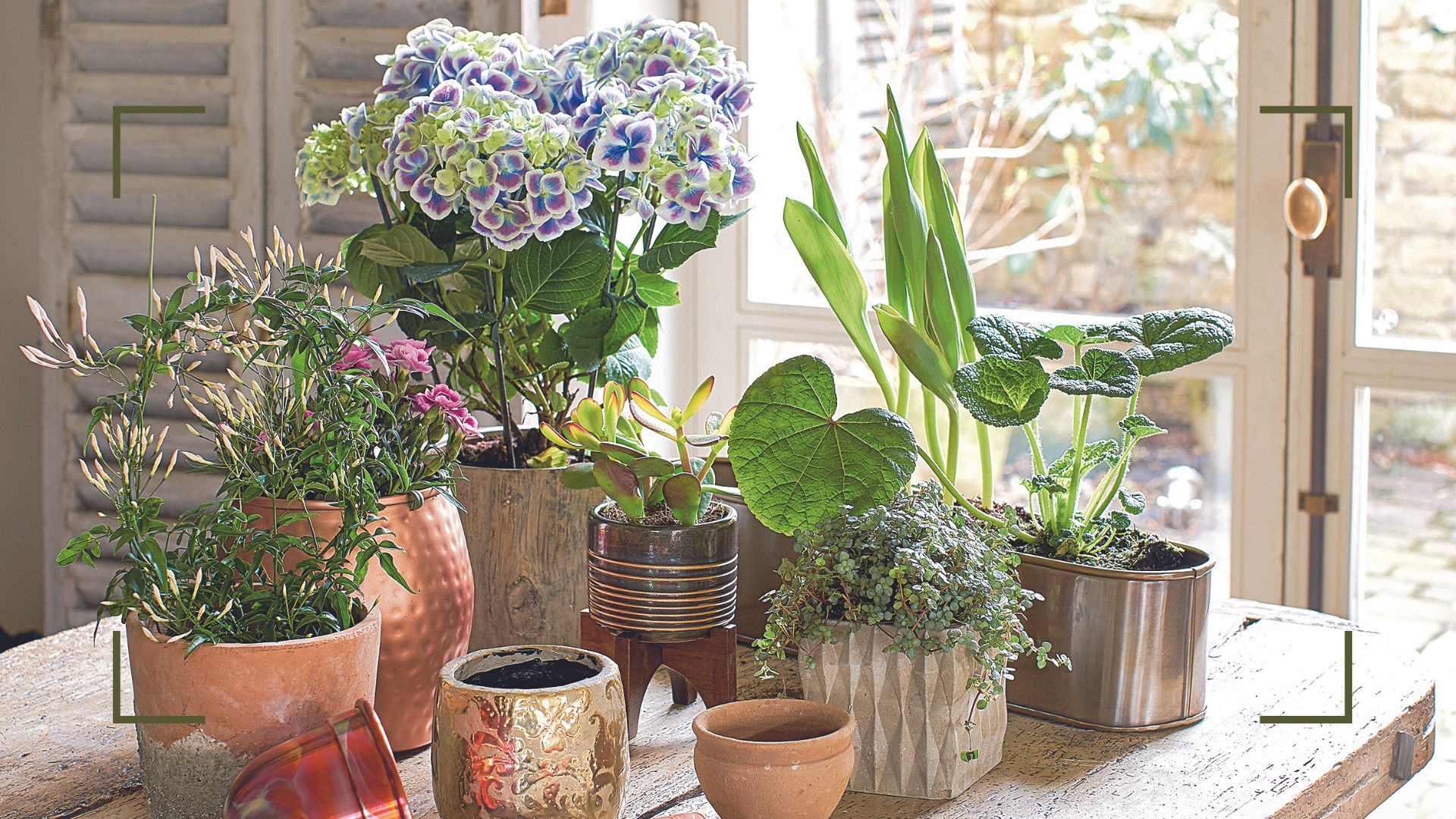
Are you making some of the most common houseplant mistakes? It turns out looking after our leafy friends is a lot more difficult than we first might've thought, and there are several simple mistakes we could be making every day without even realising.
We've all found ourselves wondering why our peace lily tips are turning brown and panicking when our favourite cactus suddenly dies. Whether you fancy yourself a professional plant parent or still don't know how to clean plant leaves properly, the chances are you've committed at least one of these plant blunders before.
So what are these mysterious mistakes and how can we go forward without making them anymore, not just for our sake but for our precious plants?
The 7 most common houseplant mistakes
Are you surrounded by some of the best fragrant plants to make your house smell good but they all seem to be not quite thriving like you wish they were? Chances are you might be making one, if not several, of these common houseplant mistakes. Fear not, we spoke to a team of horticulture experts on how to best avoid them and ensure our plants are in safe hands.
1. Underwatering
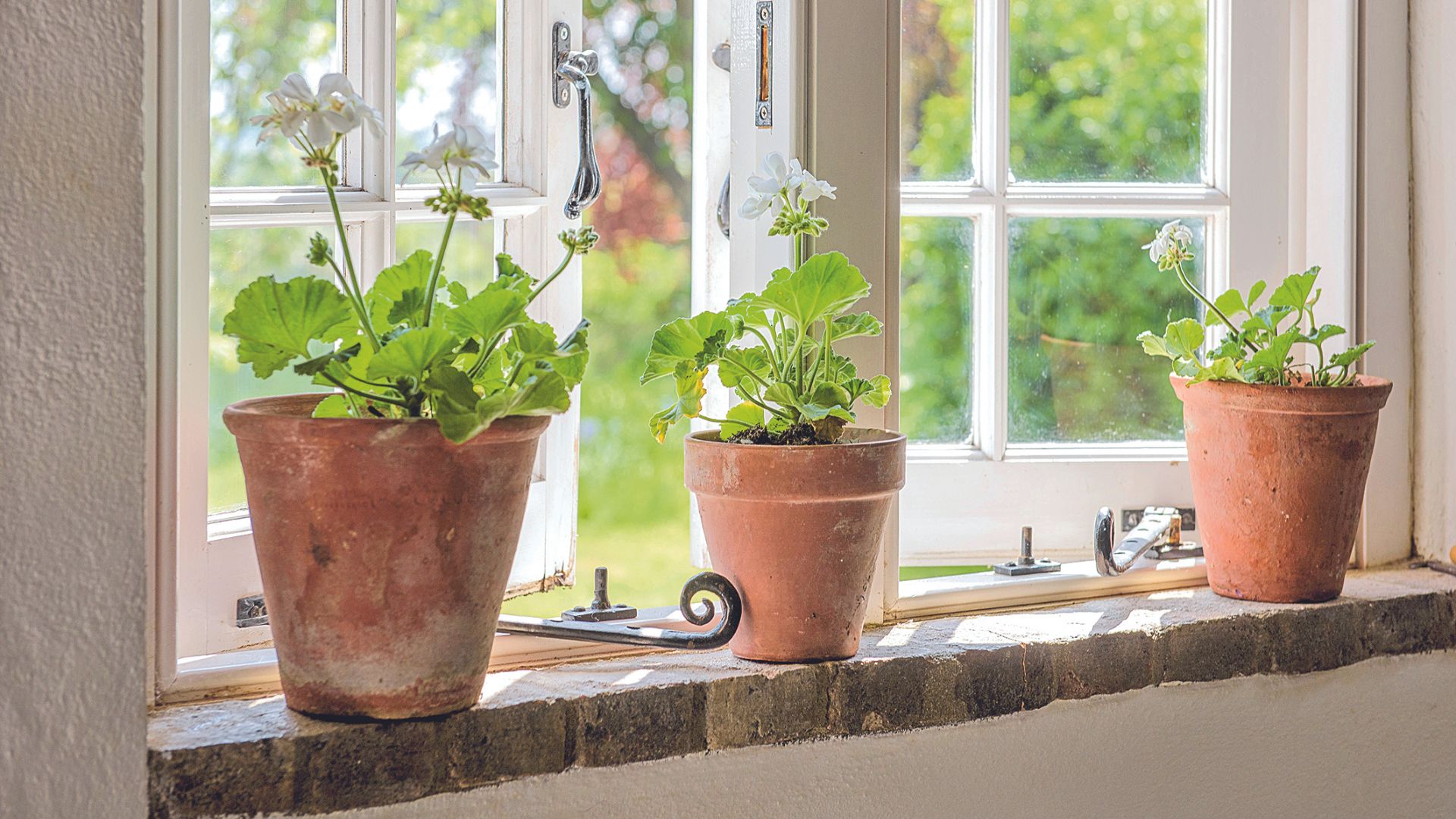
What might seem like an obvious mistake is surprisingly common. Accidentally underwatering your plant is something we've all done, whether you simply forgot how to care for your orchid or went on holiday without asking a neighbour to tend to them.
"People will frequently tend to neglect to water plants regularly, which leads to dehydration and wilting," says Peter Ivanov, professional gardener at FantasticGardeners. Underwatering is a major issue and might just be the reason that your peace lily leaves are drooping despite all efforts to keep it thriving.
To keep your plant from an early grave, Peter suggests establishing a watering schedule based on your plants' requirements and monitoring their soil moisture regularly.
2. Overwatering
Similar to underwatering, your plant can be negatively affected by overwatering too. Even plants that help with condensation in any room can be overwatered, this can lead to rotting roots and stunted growth.
Speaking to Stacey Bramhall, a professional landscaper at Greenwave Landscaping and gardener, says, "One of the biggest mistakes with watering house plants is over-watering. Often people see their plants wilting and the leaves turning yellow so think I better water it – however, this is often a sign that the plant is being overwatered."
Although each plant species has its watering requirements, most houseplants are often happy with less water than you think they need. Sarah says that a little drought for a plant is often better than too much water, this is why how often you should water succulents is considerably less than other plant species.
3. Lack of efficient drainage
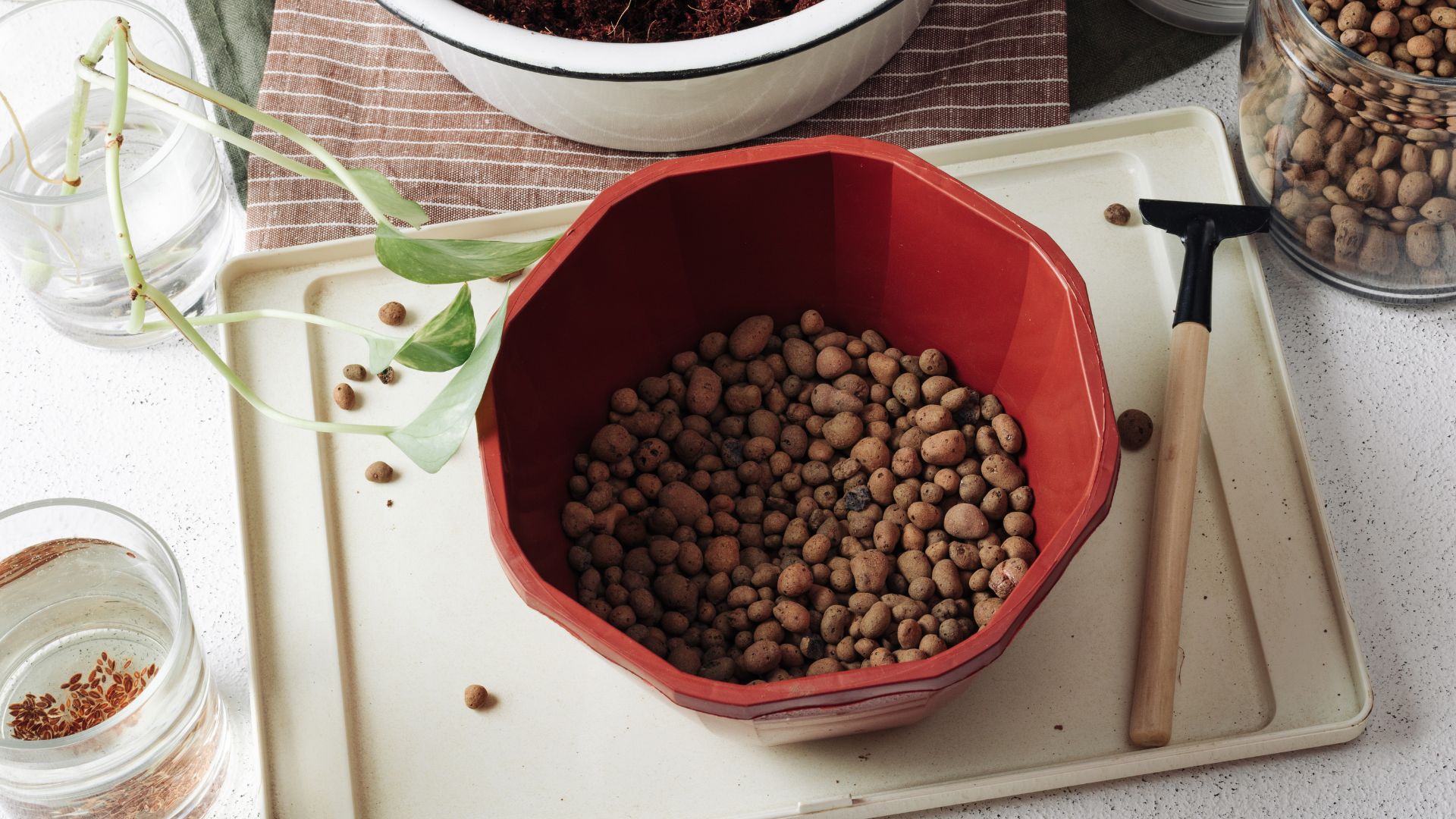
When we're trying to achieve the Minimaluxe look in our homes, or have a strict colour palette to adhere to it can be hard to find plant pots that are not only functional but look good too. So much so that we often sacrifice functional drainage holes and saucers in a bid to get our aesthetics in check, and whilst they look good this does come at a cost to the plant.
"People often plant their houseplants in pots without drainage holes, causing water to accumulate and lead to root rot," explains Peter. So whilst we can get behind planting flowers in vintage teacups, the lack of drainage needs to be remedied either by adding drainage holes or placing a layer of gravel under any pot without a hole.
4. Improper potting techniques
Another potting mistake, but an even easier one to make if you're a beginner green thumb. Knowing how best to pot and repot the various plants in your collection can be a nightmare, especially when certain species have delicate leaves and stems.
Although the best practice for potting your plants is to follow its specific care instructions, some pots will need more soil and more drainage holes to compensate for their size. Russell Birchell, founder of Hedging UK, says, "Improper potting techniques over time can stunt plant growth and even cause them to waste away."
He stresses the importance of researching the needs of your particular plant and paying close attention to the amount of soil and size of pot it requires to thrive.
5. Inadequate lighting
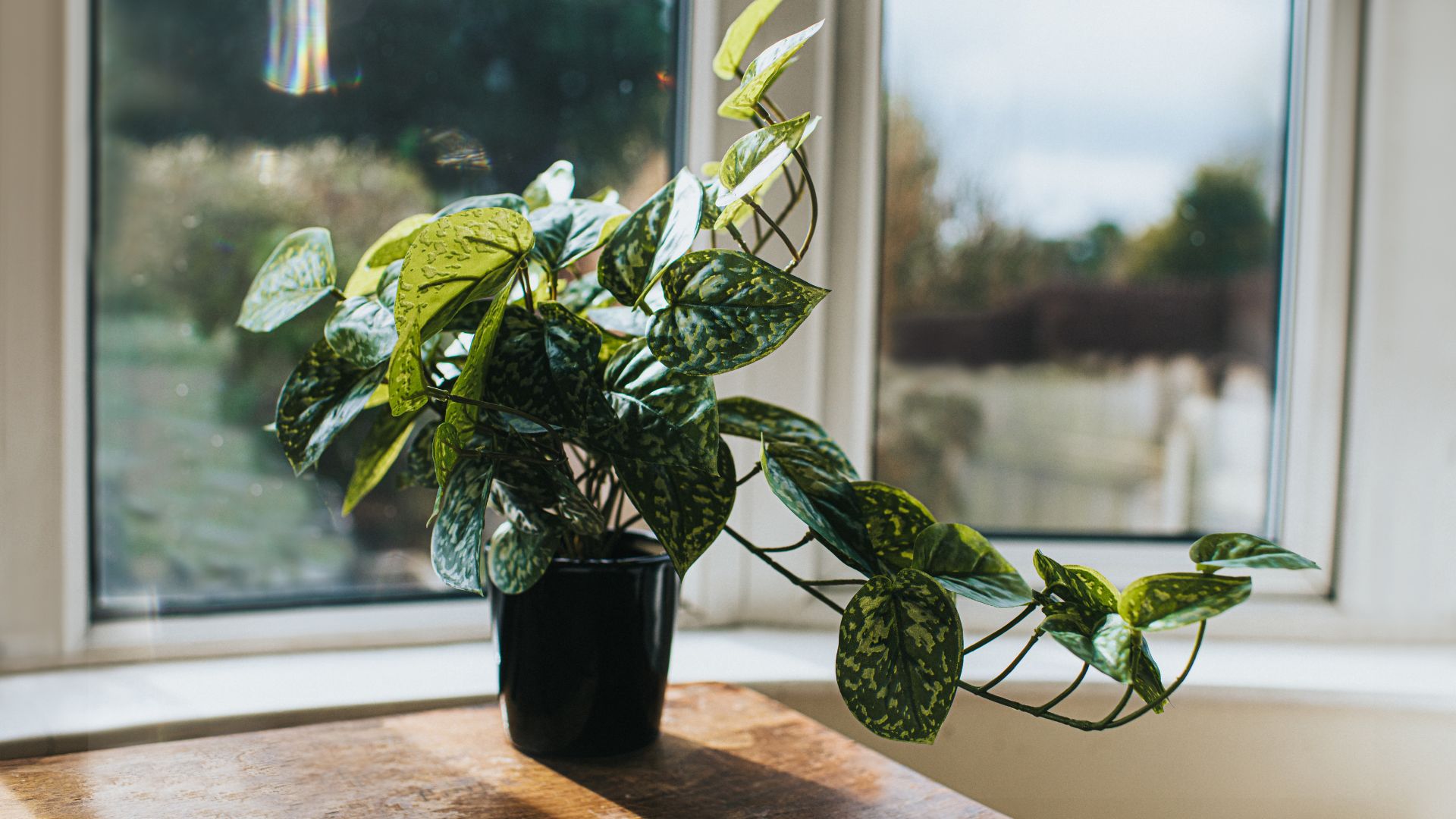
Plants are extremely sensitive to lighting, whether that's too much or not enough. Some plants don't do well in direct sunlight, it's actually one of the main reasons why your peace lily leaves might be turning yellow.
"Sometimes, people place their houseplants in areas with insufficient or excessive light, leading to stunted growth or sunburn," explains Peter. To avoid this happening he suggests researching the light requirements of each one of your plants and ensuring they're in a position with appropriate levels of light.
Peter points out, "Keep in mind if a plant’s requirements are “low light” that doesn’t mean it doesn’t need any light at all. It usually means that the plant needs to be placed further away from the light source or on a north-facing window." In this case, having your plant near a window that's covered with a mesh curtain or in a bright corner of your room will provide just enough sunlight for it to photosynthesise without any damage taking place.
6. Not spotting pest infestations
It's not just a matter of knowing how to get rid of flies in your house, there's also the matter of minuscule pests that like to hide in your plants and slowly kill them one leaf at a time.
Pests such as spider mites, aphids, or mealybugs can pose a serious threat to your plant life and if ignored for too long the infestations can spread which is particularly bad if your plants live near each other.
Peter says, "To prevent that, regularly inspect your plants for signs of pests and treat infestations promptly with appropriate methods, such as insecticidal soap or neem oil." We've found a best-selling natural, ready-to-use DD Organic Neem Oil A Natural Garden Bug Spray for Plants at Amazon.
7. Using the wrong soil
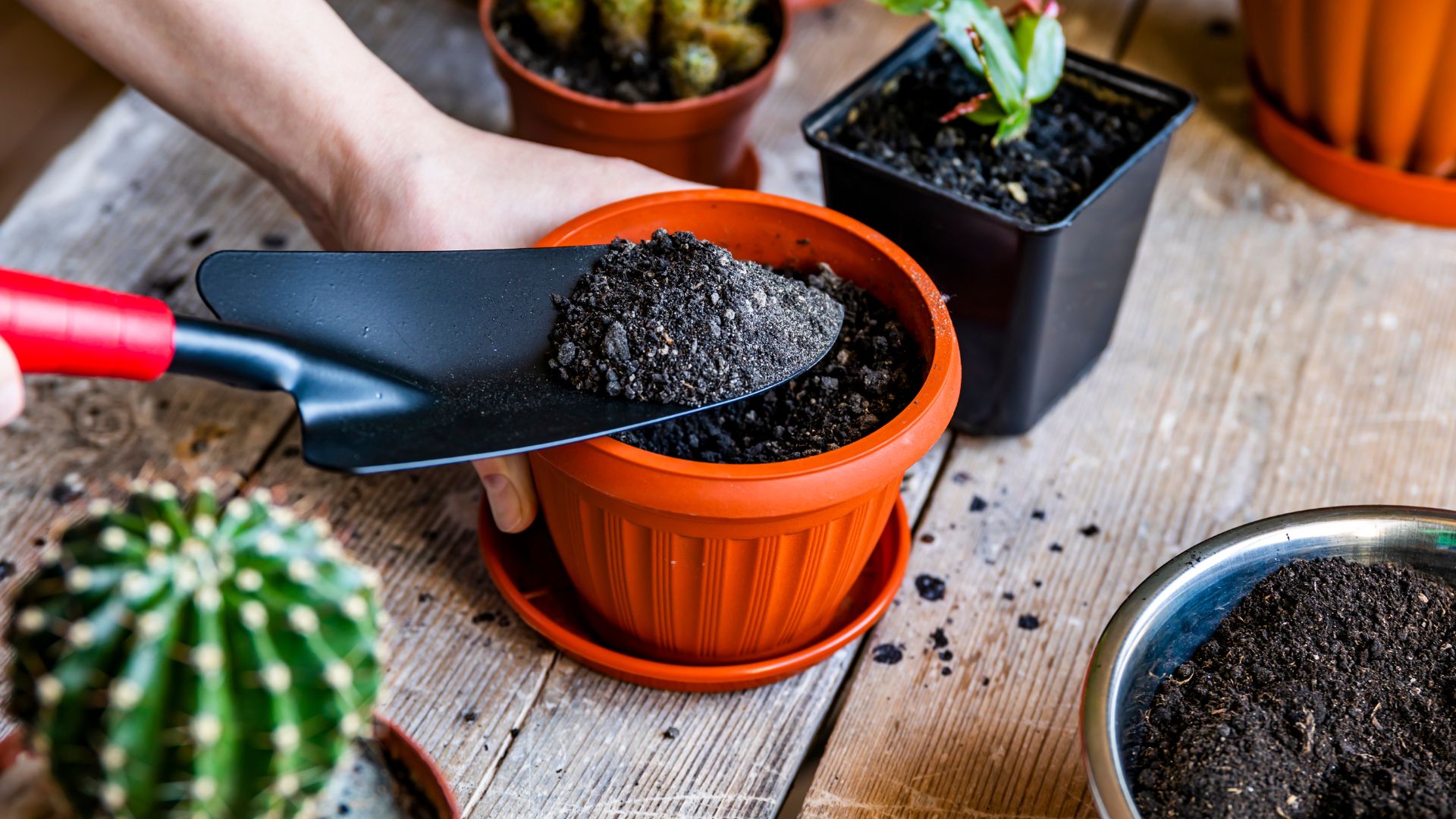
Along with potting techniques, the type of soil you use for your plant can also majorly affect its growth and well-being. With all the different types of soil and mulch on the market, it can be hard to know which one is best for the plant you're tending to.
"Using improper potting mix is also a common mistake that is often a result of a plant owner not fully equipping themselves with the accurate knowledge of their specific plant and its needs. To avoid this, ask around at your local garden centre or even look it up online- your plants will thank you with longevity and growth,” says David Denyer, professional gardener and two-time florist of the year.
A specific mistake is using garden soil when potting a houseplant, Peter explains how this type of soil contains a high amount of organisms which can include pests and diseases. Both of which will cause damage to your plant's health.
Although any of these houseplant mistakes will drastically impact your plant's well-being, in the majority they can all be fixed quickly. You can replace soil, change the placement and get rid of pests, the key here is to catch the issue early and work on the solution immediately.







